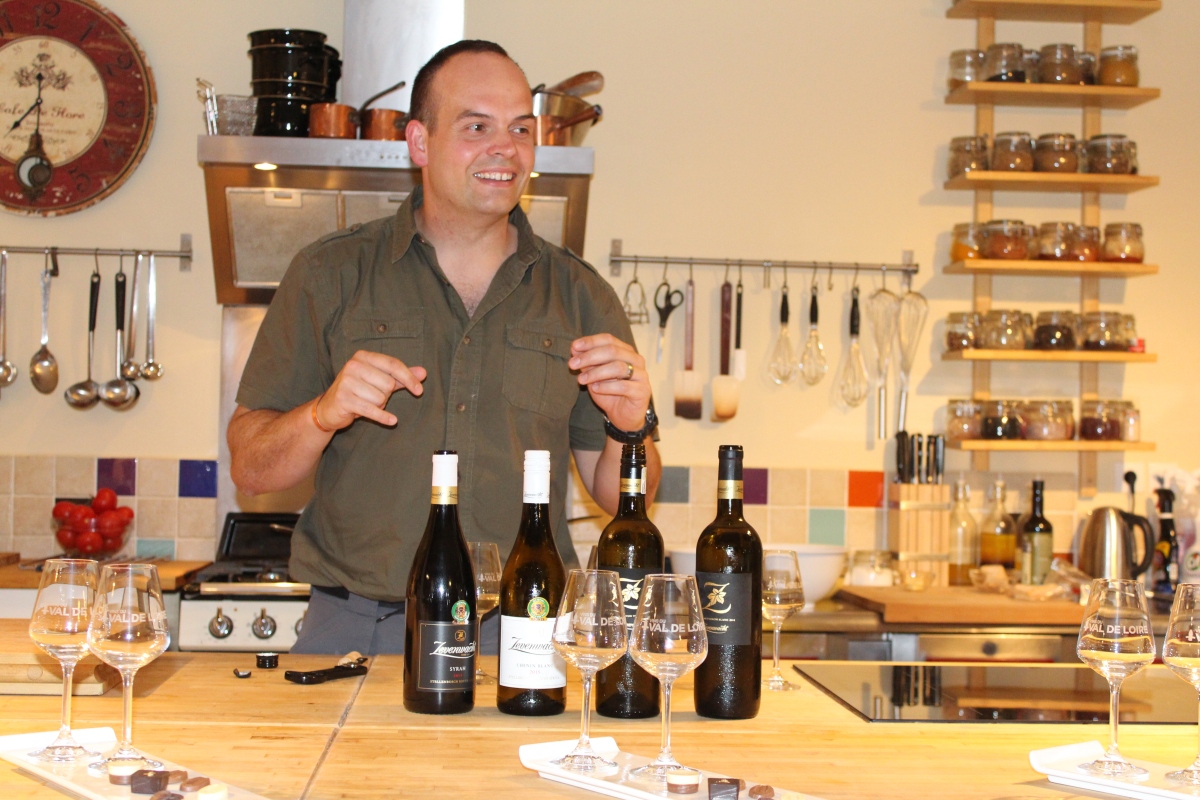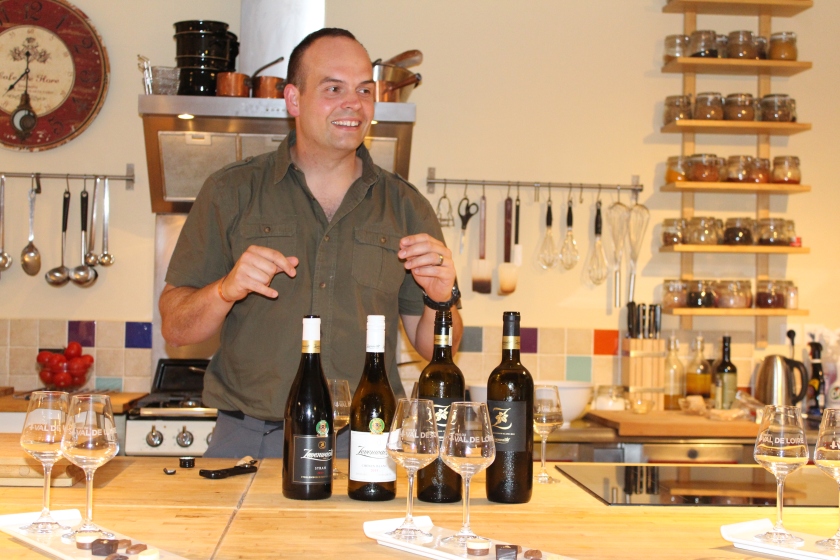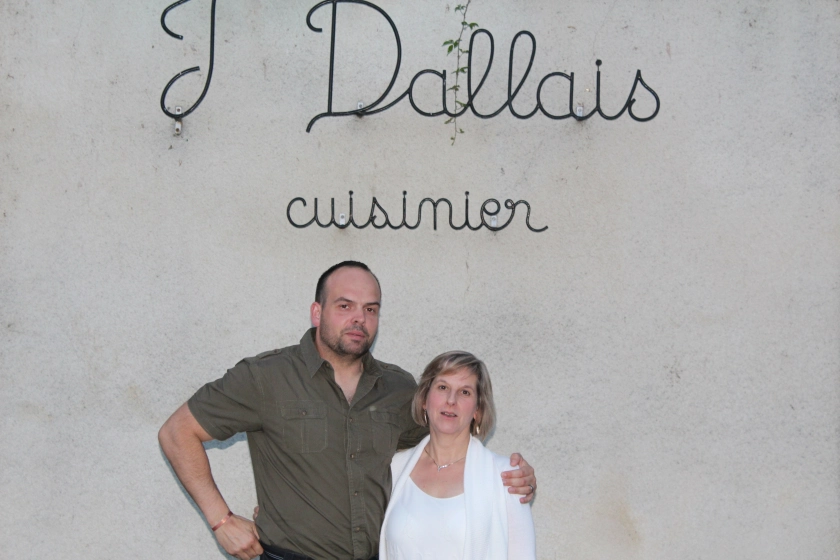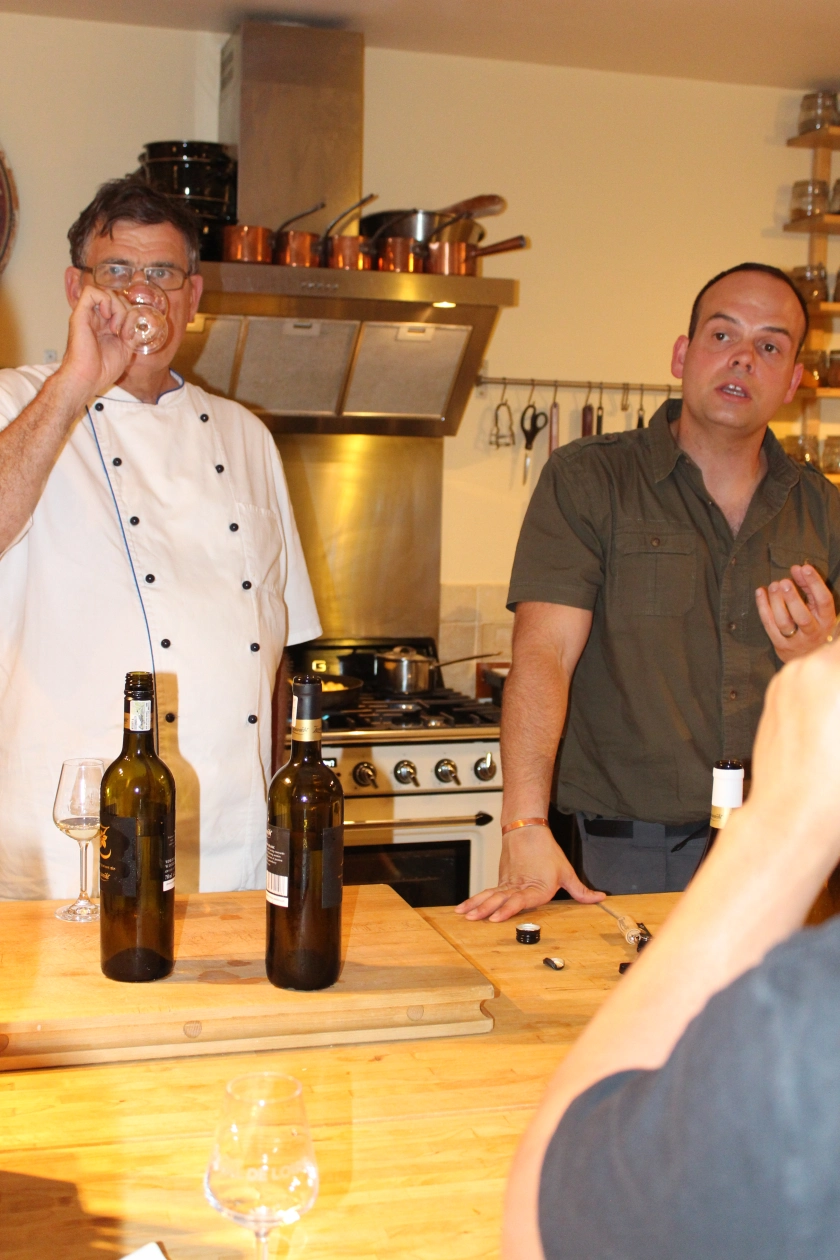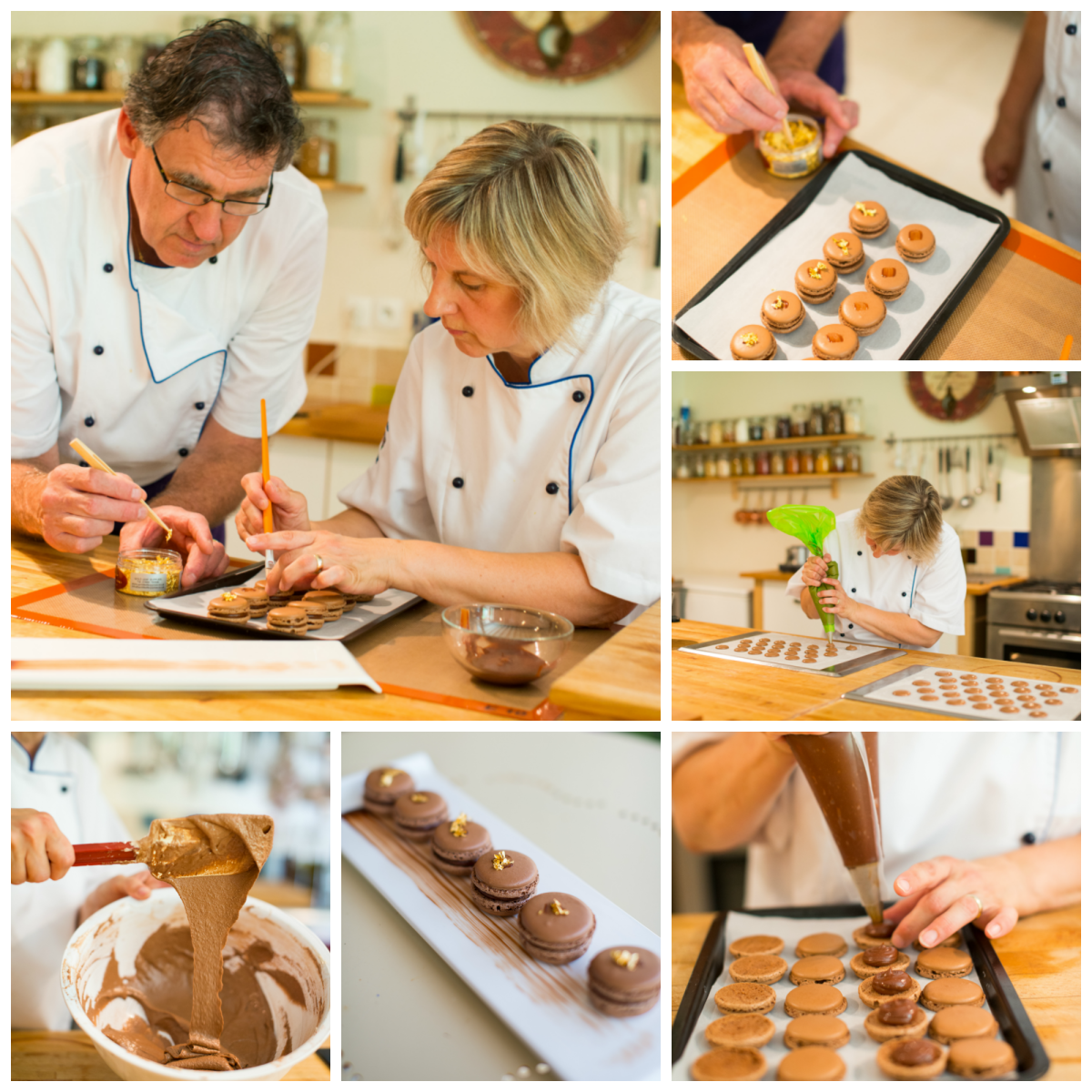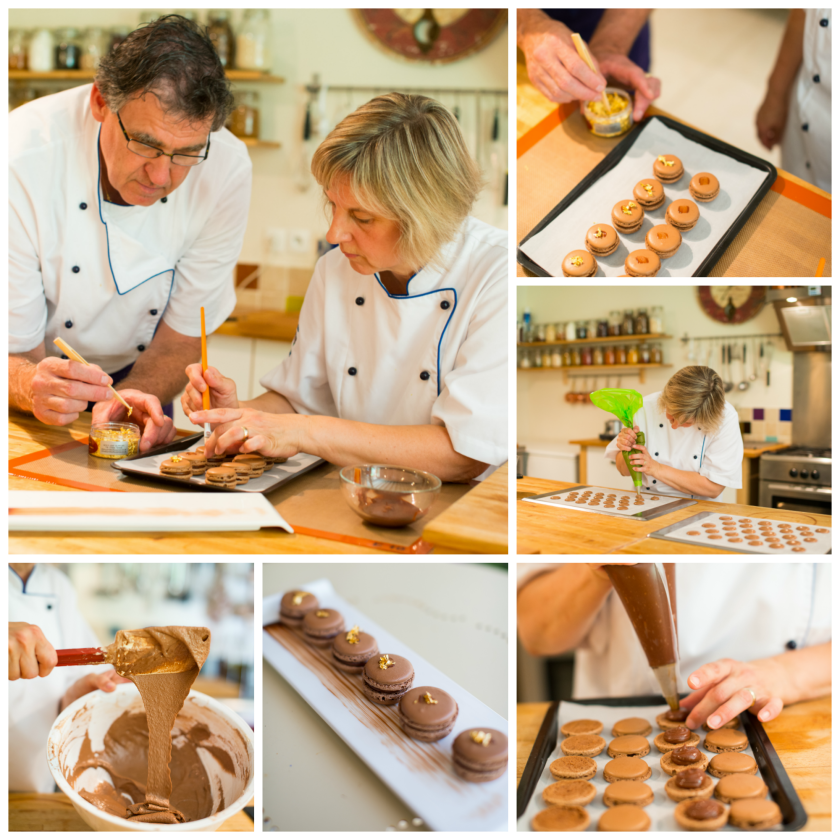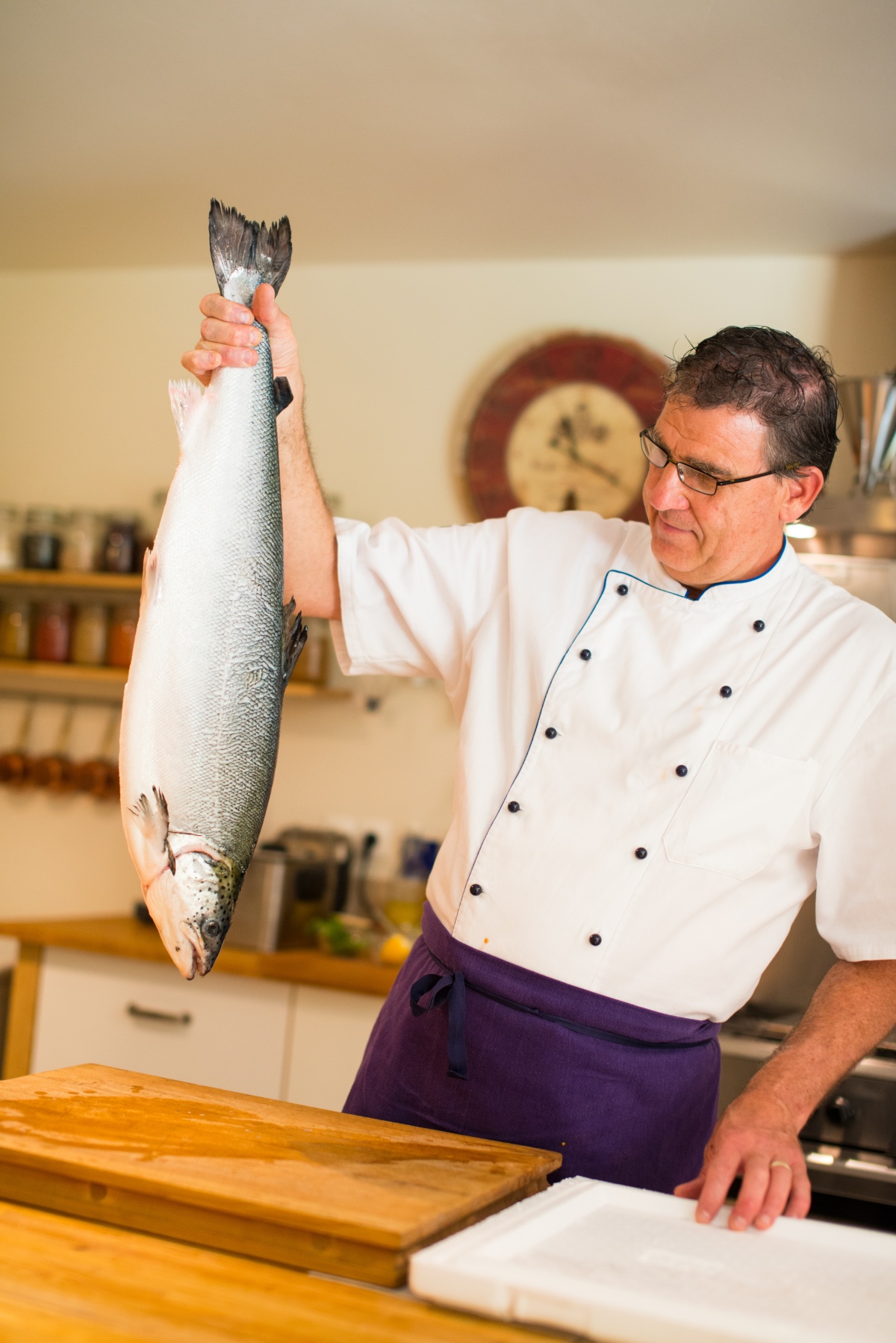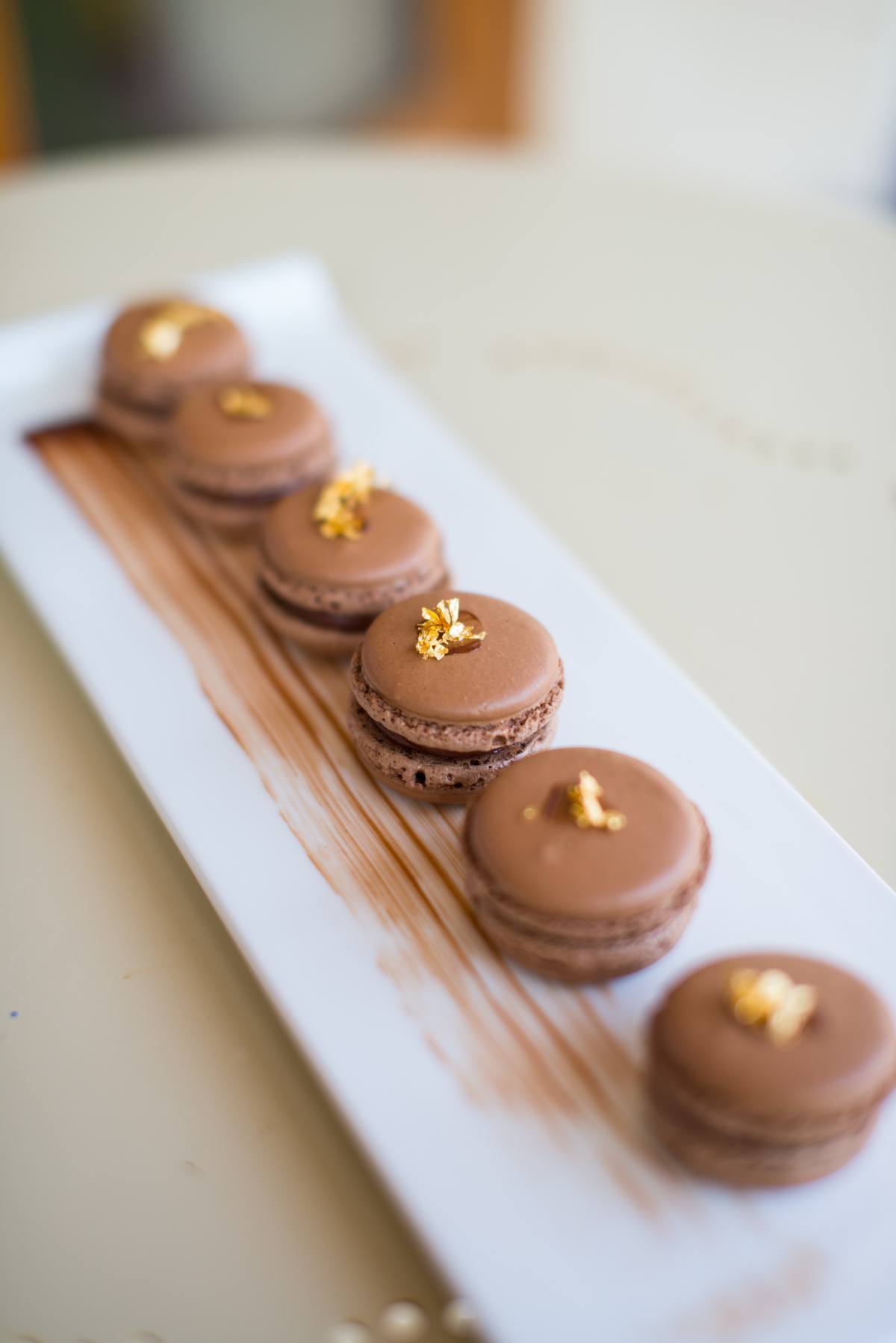As always, Alison and I made our way to Lyon and what we believe to be the pinnacle of culinary competitions on the international stage, The Bocuse d’Or which is held every second year here in France at the Sirha Food Expedition.
This year it was the USA that walked away with this prestigious trophy for the first time in the history of the competition and well deserved it was. France came away with the Gold and are Pastry Champions of the world.
Over the two days we spent in Lyon we made the effort of eating at restaurants around the city and visiting Les Halles Food Market and the Sunday market in the city centre. Les Halles was as always, a fantastic experience and we were in awe at how the locals were enjoying the fresh oysters with a glass of Champagne for breakfast and doing their food shopping taking their time to choose ingredients and chat to the vendors. It was so evident that this was a weekly ritual and that the importance of Fresh, Local and Seasonal Ingredients was paramount to their decision of what to buy.
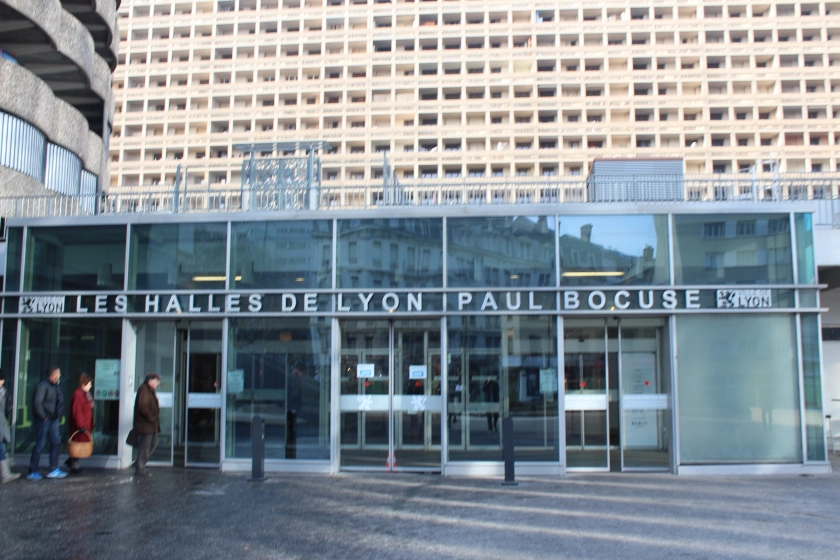
For many years now, the title of best chefs, cuisine and restaurants, belongs to no country as there are great chefs in every country and judging by the rather dubious awards and
listings that are thrown out at us each year by so many self-serving corporate brands,journals, newspapers and guides it is difficult to keep track of who reigns supreme from year to year.
We both are privileged to being able to travel extensively each year and wherever we visit we try to visit the local food markets or supermarkets where locals buy their ingredients. Labelling is always top of our list at scrutinizing what the ingredients are and where the produce originates.
This is where we believe the world can learn from the French as we have ourselves have learnt and observed over the nearly fourteen years we have spent here. It is all about Seasonal, Fresh and most importantly Local ingredients which the French strive to use in their kitchen.
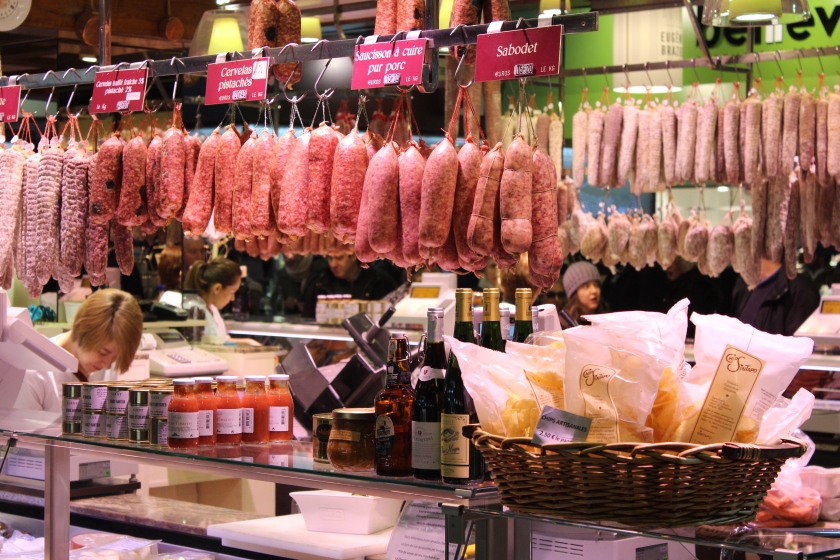
As a family with young children that had just moved to France from the UK the first thing that struck us was that in the schools that our children attended they had chefs that were following these rules and the fact that our children were enjoying asparagus with Hollandaise Sauce at school when it was Asparagus season was just wonderful.
This is a way of life here in France and it all starts at the infant age that children are educated in the home, at school and are even taken on yearly tours of the local food market where vendors take the time to talk and engage with the children. Three meals a day with very little or no snacking is the norm here.
Great restaurants, wonderful and glossy food magazines, celebrity chefs and star studded Food TV shows are all fine, but not if half our population is denied or unable to afford fresh and healthy ingredients since it is just simply unaffordable for them and they find that the only way they can feed themselves and their families is by buying ingredients and meals from multinational supermarket chains and fast food outlets.
Being able to afford healthy food should be a constitutional right not a privilege and all governments should put this at the top of their agendas.
More finance and effort from all those parties who promote Luxury, Fine Dining and Awards should start surfacing as it is becoming more and more difficult for people around the globe to be able to feed themselves with good and honest food. It is children who are mostly at risk and those in power should ensure that the corporate world is held responsible and that profit does not come before healthy meals and the access of nutritious and affordable ingredients to all!
Farmers Markets have become a fad and it is disheartening to see that ingredients can cost up to if not more, than twice the price as the ingredients sold in Multi National Supermarket.
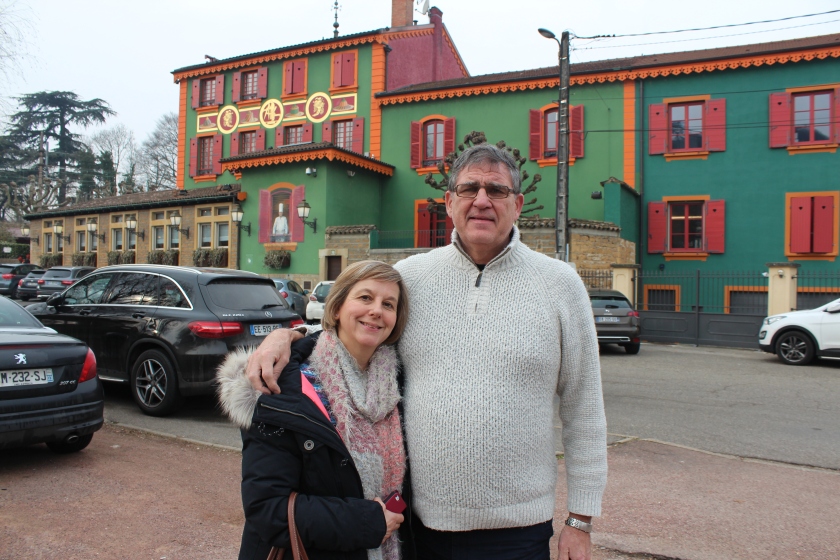
![]()











